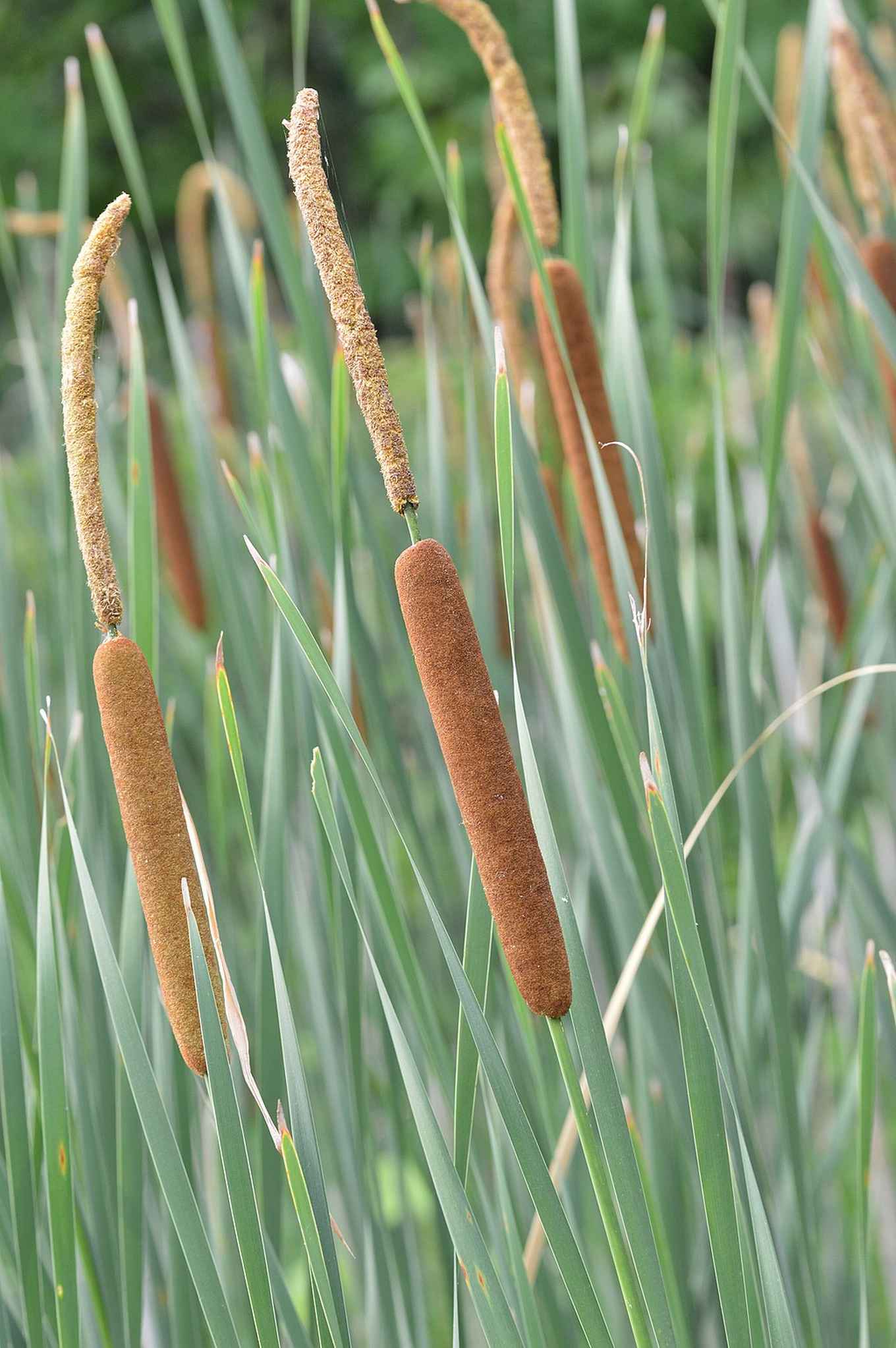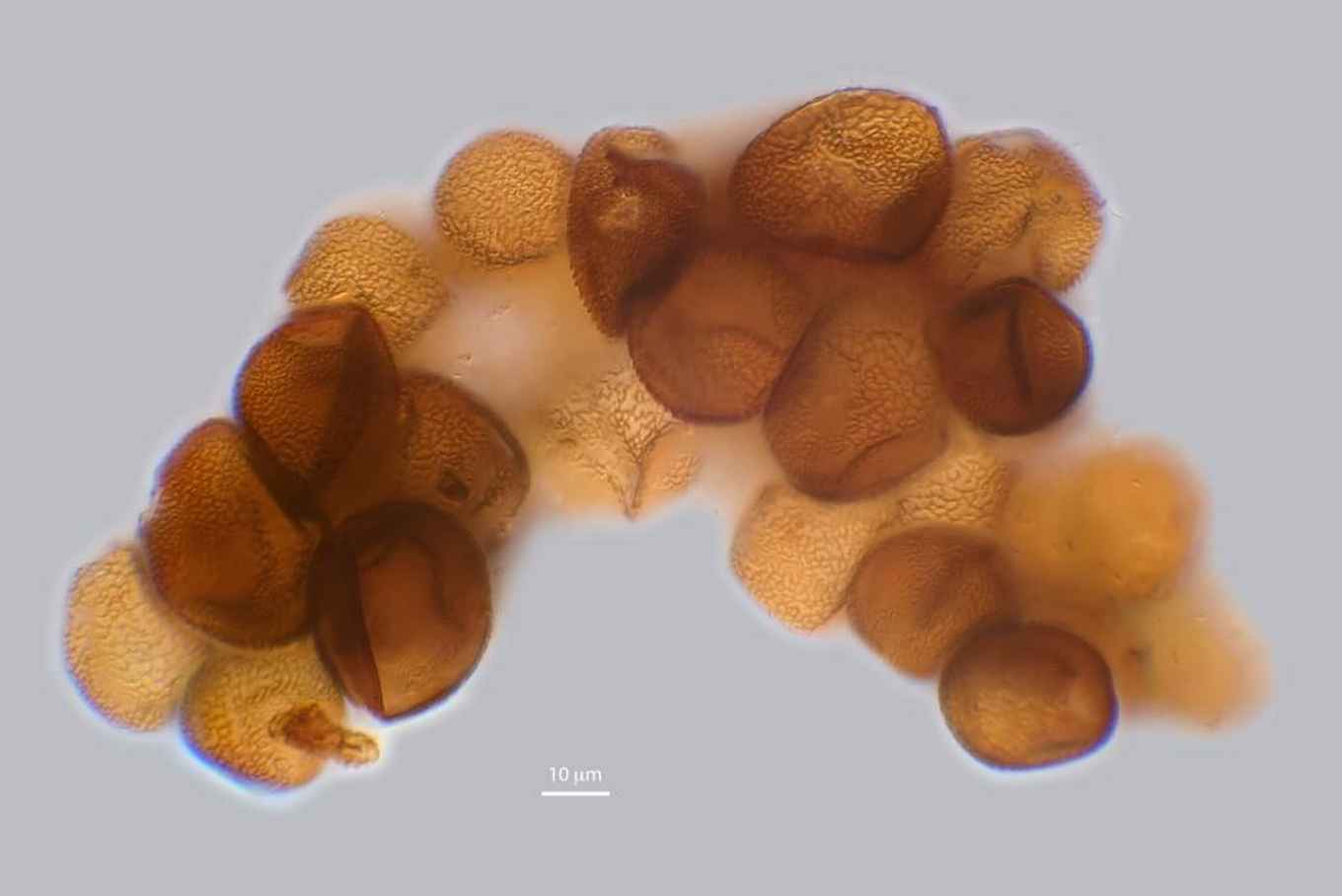Old human feces reveal cattail pollen as a food source in prehistoric China
7 August 2019

Wetlands in prehistoric China have been attractive living environments for humans as they offered opportunities to collect and cultivate wild rice. In Tianluoshan, an archaeological site along the Yangtze River in China, extensive research has been done into fruits and seeds, which provided important information about the diet of people that lived there. In a new study, human feces of 8,000-7,000-year-old that were found at the same site, have been subjected to pollen analysis.
The research was conducted by PhD candidate Yunan Zhang from the University of Beijing. She visited Bas van Geel at the Institute for Biodiversity and Ecosystem Dynamics (IBED) at the University of Amsterdam for a year to do pollen research. Microfossils in excrements are study objects for Bas van Geel. So far his research focused on feces of mammoths and other animals that lived during the last Ice Age and were preserved in frozen Siberian soils. The material that Yunan Zhang brought from China was a new source of information about food preferences of humans in the Yangtze Valley.
Cattail
Van Geel: ‘The pollen analysis showed strong evidence for the consumption of pollen from cattails. That pollen was found in very high percentages in some human feces samples, often between 93 and almost 100%. Also clusters of cattail pollen grains were regularly found. The pollen grains in such clusters were not separated at the time, apparently because they were still unripe. Based on the analysis we concluded that humans harvested cattail pollen.’

Cattail species have two distinct parts in their inflorescences: at the top of a flowering stem there is the light-brown male inflorescence and below the dark-brown female part of the inflorescence. After pollen dispersal the male inflorescence falls apart, while in the female inflorescence - the cattail - seeds develop. Many pollen grains are produced in the male inflorescence and the people of the Tianluoshan settlement must have noticed that.
Bread
When pollen grains are consumed as food, they are used like flour. The pollen can be used for the preparation of, for example, bread and porridge. The video below shows how pollen can be extracted from flowering cattail.
Van Geel: ‘In dried form, pollen can be preserved and therefore pollen can also be consumed after the flowering season. The nutritional value of pollen grains is high due to the proportion of carbohydrates, proteins, fat, calcium, potassium, sodium, vitamin C and iron. Cattail was common in the swamps around the Tianluoshan settlement and prehistoric people apparently benefited from it.’
Publication details
Zhang, Y., van Geel, B., Gosling, W.D., Sun, G., Qin, L., Wu, X., 2019. Typha as a wetland food resource: evidence from the Tianluoshan site, Lower Yangtze Region, China. Vegetation History and Archaeobotany https://doi.org/10.1007/s00334-019-00735-4